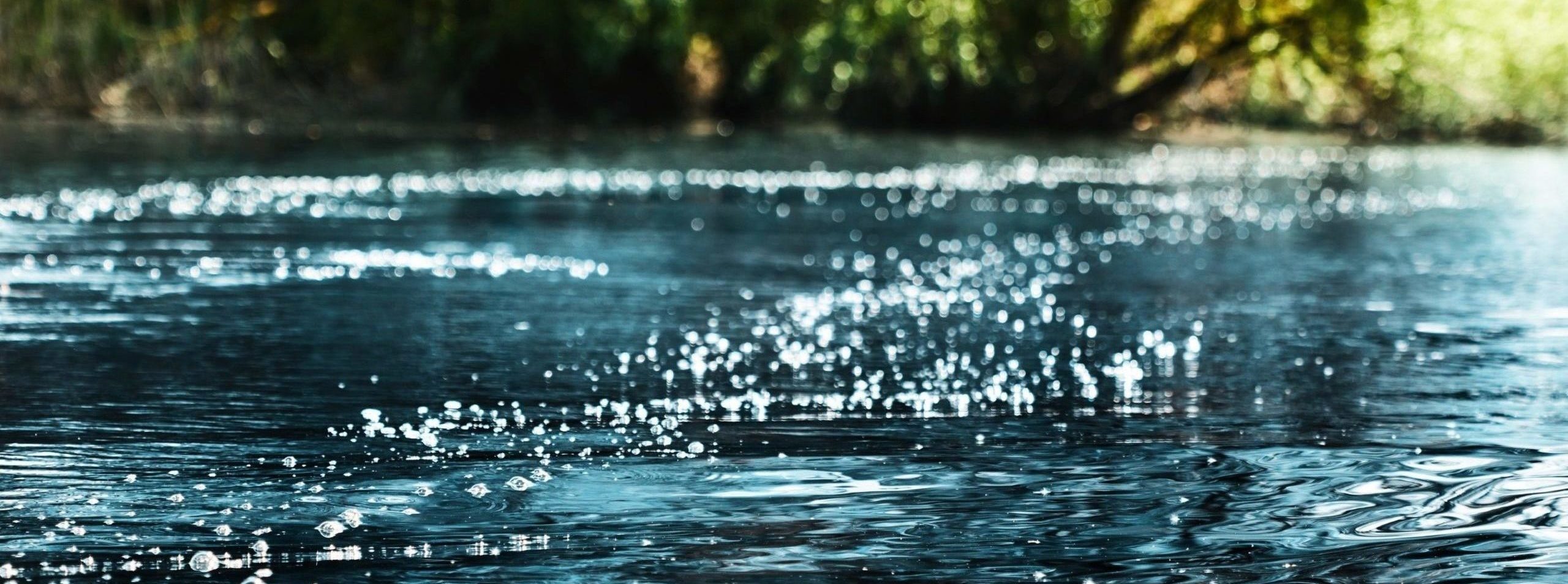For Everyone’s Sake
Wake Awareness
Wakes present dangers to lake users and can damage property. Therefore, it is especially important that boaters are aware of their wake and how it impacts shorelines, property, and other people. We are joining the MN DNR’s efforts to bring statewide awareness to and reduce the potential negative impacts of wakes. The following information will help you Own Your Wake and be a responsible boater. Have a safe and fun lake experience.
The Law & Regulations
Damages
Under Minnesota law, the damage your wake causes is treated the same as damage caused by an actual collision. You may also be held accountable for injuries due to your wake.
Slow/No Wake Zones
On Lake Minnetonka, the following Slow/No Wake Zones are established at all times:
- 300 feet from shore, a dock structure (except towed from), bathing area, swimmer, scuba diver’s flag, anchored watercraft, or other structure
- 300 feet for a Personal Watercraft (PWC) from shore, a dock structure (except towed from), bathing area, swimmer, scuba diver’s flag, anchored watercraft, or other structure
- For boats that create large wakes, more distance may be needed. If your wake hits the shoreline, structure, or another watercraft, go farther away or reduce your wake.
- All Channels
- Certain Bays: Carsons, Emerald, Libbs Lake, St. Louis, and Grays (4 p.m. Friday through 11:59 p.m. Sunday and all holidays)
- Partial Bays: Black Lake–north side, Coffee Cove–east of a line from Fagerness Point and Park Lane, Excelsior Bay–south end, Harrisons Bay–north of Seton channel area, Lower Lake North-north side of Big Island/Cruiser’s Cove, Maxwell Bay–south shore from Noerenberg Bridge to Boy Scout Bridge and Noerenberg Inlet, St. Albans Bay–southwest corner, Wayzata Bay–southeast corner near Hwy 101 Causeway
Boating Tips to Reduce Environmental Impacts
Be aware of your environment and what’s going on around you – this applies to everyone on and around the water. The following tips will help reduce environmental impacts.
- Backing a boat up to lakeshore can damage the area and lead to erosion.
- Travel slowly or avoid boating in shallow waters. Suspended sediment can reduce water quality such as releasing phosphorus into the water column that can result in algae blooms.
- High speeds near shorelines lead to large wakes that cause shoreline erosion. It may reduce vegetation needed to stabilize the shoreline or provide habitat for fish or wildlife.
- Minimize repetitive passes. Once you’ve run a line, move on to another area. A PWC may not be operated more than 30 consecutive minutes in a single area.
- Comply with all buoys, signs and respect barriers, and any high water declarations and rules in effect.
Please respect the rights of others so everyone can enjoy their time on the water – keep the noise down, be courteous to other boaters, and show consideration to all recreationists on and around the water. Be extra aware of your wake when operating near shore or when water levels are higher than usual.
